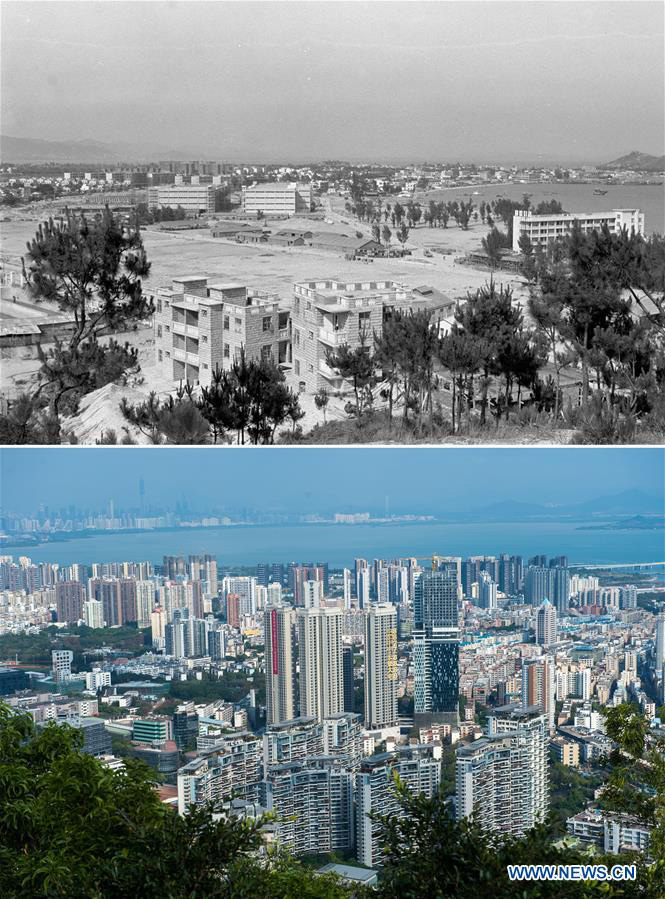|
| The Role of Urban Village Redevelopment in Shaping Housing Inequality in Shenzhen China: Discrimination of Urban Villagers by State-Owned Real Estate Enterprises and the Government |
| This essay critically analyzes the state-led redevelopment of urban villages in Shenzhen, exposing the monopolization of affordable housing by state-owned enterprises. It examines the displacement of villagers, inequitable resettlement policies, and the failure of branded apartments to address housing deficiencies, raising concerns about transparency, systemic power imbalances, and social exclusion. |
| The redevelopment of urban villages in Shenzhen reflects broader structural tensions between rapid economic expansion, land ownership constraints, and state-led urban governance. This study critically examines how China's real estate boom has reshaped urban villages, arguing that speculative development and policy interventions have reinforced spatial and economic inequalities. By analyzing land ownership as a structural barrier, this research highlights how collective landholdings complicate redevelopment efforts, limiting private sector participation while consolidating control within state-owned enterprises. The study further interrogates the spatial marginalization of urban villages, demonstrating how economic growth has intensified displacement and exclusion by prioritizing high-value urban expansion at the expense of existing communities. The research also assesses recent policy shifts that centralize government authority in urban village redevelopment, reducing market influence but raising critical concerns regarding monopolistic tendencies, transparency deficits, and governance inefficiencies. Moreover, it critiques the state-owned real estate sector’s role in affordable housing provision, exposing a pattern of failed initiatives—including resettlement housing and branded apartments—that prioritize financial returns over the well-being of displaced urban villagers. By deconstructing the mechanisms through which urban redevelopment is managed and controlled, this research underscores the systemic inequities embedded within Shenzhen’s transformation. It argues that the existing redevelopment framework exacerbates socio-spatial divisions and reinforces structural power asymmetries between state institutions, corporate entities, and urban villagers. The study ultimately calls for a reassessment of urban renewal strategies, advocating for a more transparent, equitable, and community-centered approach to ensure inclusive and sustainable urban development.. |




| 1. Comparison Image of the Shekou, Shenzhen Urbaniza-tion, Top Photograph from Li Changyong, 1980s, Bootom Photo-graphed from Mao Siqian, Feb. 26, 2015, Shenzhen, China 2. Satellite Map Comparing the building density between Gangxia Urban Village and Surrounding residential area in the South, Map by Baidu Map, accessed on Jan 10, 2025 3. The Centre of the Village in the City– Gangxia Village, Post by Ning, Xiaohongshu.com, Mar 18, 2024 Gangxia Village, Futian District, Shenzhen. 4. Comparison of Floor Plan of a Single Bedroom Self-Built Apartment on 7th Floor in Shixia East Village and Studio Apartment on 4th Floor in BoYu Shixia Apartment,, Information from Wencheng Deng, 58.cm/zufang/, Jan 3rd 2025, and Boyu Shixia East Commune, Shixia East Village, Futian District, Shenzhen, China |